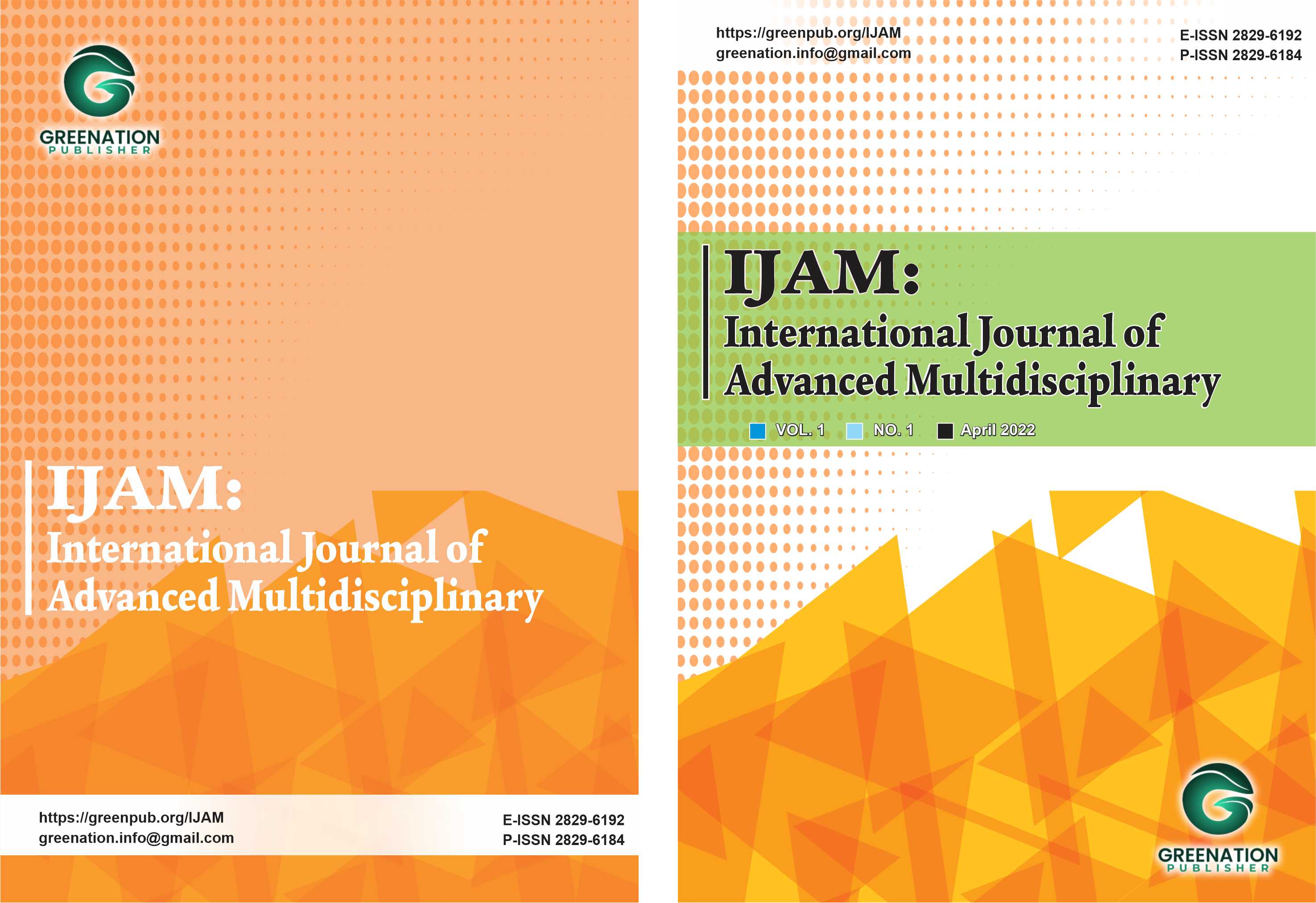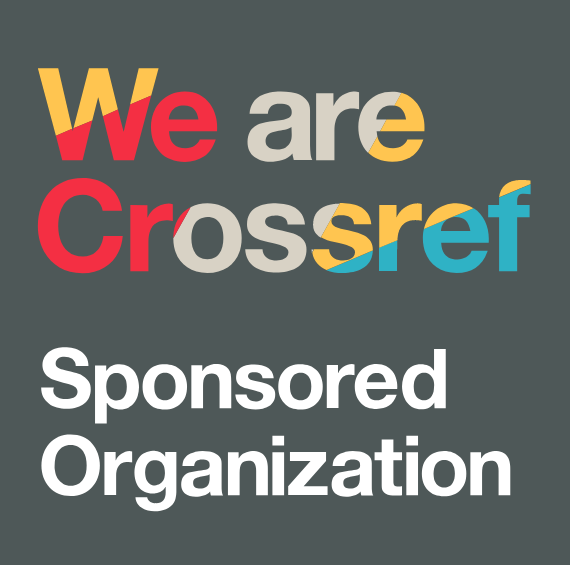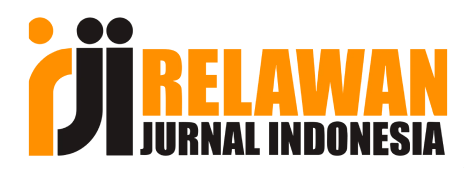The Influence of Competence and Work Facilities Through Service Quality on Public Satisfaction at the Kuala Tungkal Primary Tax Service Office, West Tanjung Jabung Regency
DOI:
https://doi.org/10.38035/ijam.v4i2.1296Keywords:
Competence, Work Facilities, Public Service Quality, Public SatisfactionAbstract
This study aims to describe the competence, work facilities, quality of public services and public satisfaction at the Kuala Tungkal Pratama Tax Service Office, West Tanjung Jabung Regency and to determine and analyze the influence of competence and work facilities through service quality on public satisfaction at the Kuala Tungkal Pratama Tax Service Office, West Tanjung Jabung Regency. This type of research uses descriptive verification research. This study uses the PLS analysis method. Based on the results of the descriptive analysis, it explains that the competence (X1) at the Kuala Tungkal Pratama Tax Service Office obtained a total score of 3,754 with an average score of 417, which is included in the high category. The work facilities variable (X2) obtained a total score of 5,401 with an average score of 415 and is included in the good category. Furthermore, the quality of public services (Y) obtained a total score of 4,969 with an average of 414 and is in the good category. Meanwhile, the level of public satisfaction (Z) obtained a total score of 4,955 with an average of 413 and is included in the high category. The results of this study also indicate that employee competence and work facilities have a positive and significant influence on improving the quality of public services, which in turn impacts public satisfaction. Furthermore, competence and work facilities also directly positively influence public satisfaction, so that improvements in both aspects will encourage the realization of more satisfactory services. The quality of public services itself has been proven to be a significant factor in increasing public satisfaction, while also acting as a mediating variable that strengthens the relationship between competence and work facilities and public satisfaction.
References
Aria, P., & Atik, H. (2018). Manajemen pelayanan publik: Konsep dan implementasi. Jakarta: Rajawali Pers.
Ghozali, I., & Latan, H. (2015). Partial Least Squares: Konsep, teknik dan aplikasi menggunakan program SmartPLS 3.0. Semarang: Badan Penerbit Universitas Diponegoro.
Hardiansyah. (2016). Kualitas pelayanan publik: Konsep, dimensi, indikator dan implementasinya. Yogyakarta: Gava Media.
Martoyo, S. (2017). Manajemen sumber daya manusia. Yogyakarta: BPFE.
Moenir, H. A. S. (2016). Manajemen pelayanan umum di Indonesia. Jakarta: Bumi Aksara.
Robbins, S. P., & Judge, T. A. (2017). Organizational behavior (17th ed.). New Jersey: Pearson Education.
Sanusi, A. (2014). Metodologi penelitian bisnis. Jakarta: Salemba Empat.
Sedarmayanti. (2015). Manajemen sumber daya manusia: Reformasi birokrasi dan manajemen pegawai negeri sipil. Bandung: Refika Aditama.
Sudirman, A., Osrita, & Zahari, M. (2020). Metodologi penelitian: Teori dan aplikasi. Jakarta: Kencana.
Sugiyono. (2016). Metode penelitian kuantitatif, kualitatif dan R&D. Bandung: Alfabeta.
Sugiyono. (2023). Metode penelitian kuantitatif, kualitatif, dan kombinasi. Bandung: Alfabeta.
Thomas, G., Cooper, J., & Quinn, R. (2018). Public service management: Improving quality through people and systems. London: Routledge.
Thoha, M. (2015). Kepemimpinan dalam manajemen. Jakarta: Raja Grafindo Persada.
Umar, H. (2002). Metode penelitian untuk skripsi dan tesis bisnis. Jakarta: Raja Grafindo Persada.
Wibowo. (2016). Manajemen kinerja. Jakarta: Rajawali Pers.
Downloads
Published
How to Cite
Issue
Section
License
Copyright (c) 2025 Novalynda Novalynda, M. Zahari, Osrita Hapsara

This work is licensed under a Creative Commons Attribution 4.0 International License.
Authors who publish their manuscripts in this journal agree to the following conditions:
- The copyright on each article belongs to the author(s).
- The author acknowledges that the International Journal of Advanced Multidisciplinary (IJAM) has the right to be the first to publish with a Creative Commons Attribution 4.0 International license (Attribution 4.0 International (CC BY 4.0).
- Authors can submit articles separately, arrange for the non-exclusive distribution of manuscripts that have been published in this journal into other versions (e.g., sent to the author's institutional repository, publication into books, etc.), by acknowledging that the manuscript has been published for the first time in the International Journal of Advanced Multidisciplinary (IJAM).























